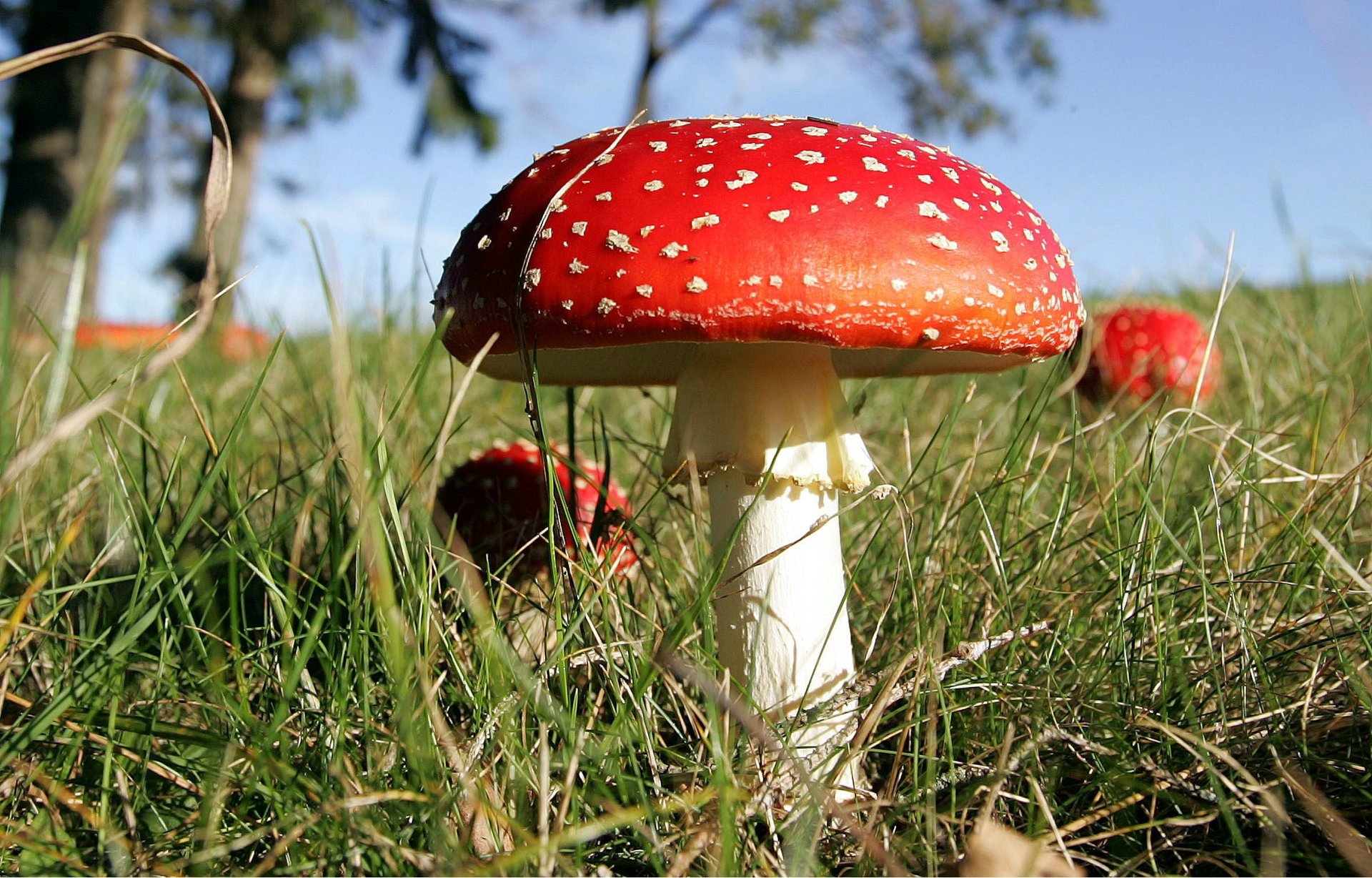Plants have an internet of fungus, and they’re hacking each other
The world wide web has been called the greatest ever human invention, but what if plants had a vast and equally complex set of communication networks?


The world wide web has been called the greatest ever human invention, but what if plants had a vast and equally complex set of communication networks?
A BBC article tracked the “internet of fungus,” an intricate underground information network where plants and fungi communicate with each other through a mass of threadlike strands, known as mycelium, that spread over great distances.
Paul Stamets, an American mycologist and fungus expert, has said that mycelia works much like ARPANET, one of the US Department of Defense’s earliest digital communication networks that would serve as the foundation for the global internet.
In the so-called “wood wide web,” plants and fungi depend on each other for survival through mutually beneficial relationships. This fungal network provides plants with nutrients like phosphorus and carbon nitrogen and with defense-related chemicals that protect against disease in a process known as “priming.” Meanwhile, plants provide fungi with food. The exchange takes place via the fungi’s mycelia strands.
And much like the human internet, outsiders are unwelcome. Plants compete with each other for crucial resources like water and light. In an effort to gain an advantage, some release harmful chemicals that are intended to destroy their rivals, what scientists refer to as allelopathy. Essentially, plants hack each other.
The attacks can be more hazardous to their victims than a malicious internet hack. In a 2001 paper, for example, Indian researchers in the south Indian state of Tamil Nadu identified the allelopathic effects of four eucalyptus plants on redgrams, a type of bean. They found that the eucalyptus species inhibited the “germination and vigour index” of redgrams in their immediate habitat.
German researchers from Berlin Free University found (pdf) that the American black walnut tree engaged in similar hacking attacks. It inhibited the growth of various plants around it, like potatoes and cucumbers, by releasing a chemical from its leaves and roots. The researchers found that the accumulation of the chemical, known as juglone, resulted “in more effective target plant growth reductions.”
Allelopathy, however, may be beneficial to biogeographers, those who study the distribution of plants and animals within a given environment. They point to allelopathy as potential evidence of the impact of climate change on biodiversity. As plants’ resources are depleted, they may engage in more allelopathic attacks for survival. By tracking those changes, researchers are able to identify erosion and other threats to biodiversity.
In other words, the damage caused by plant hacking may actually enhance our understanding of the impact of climate change on the natural world.